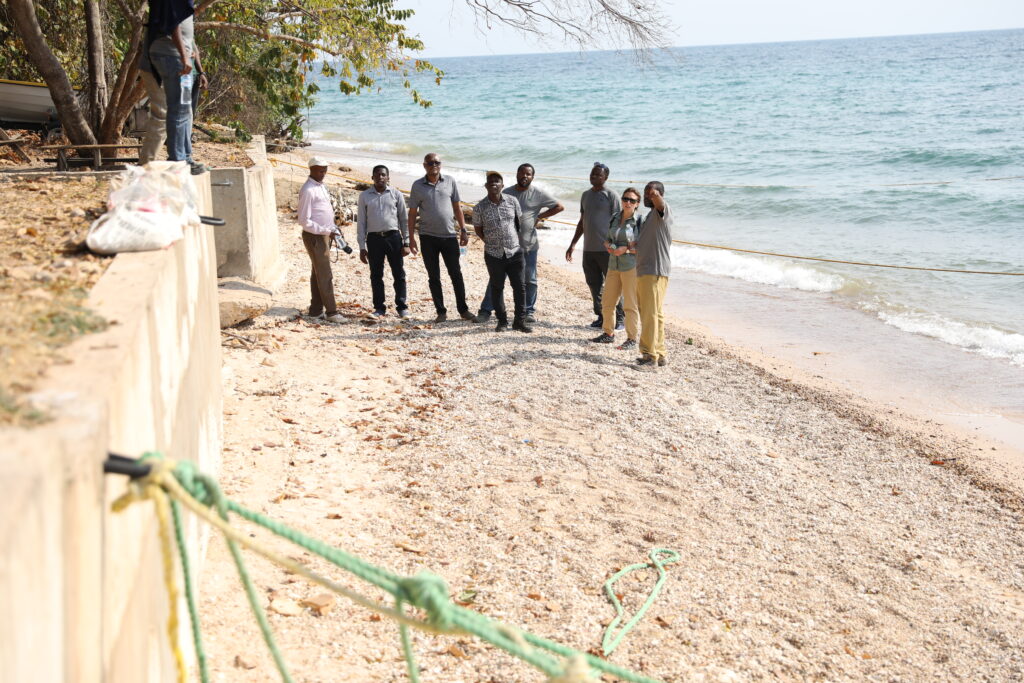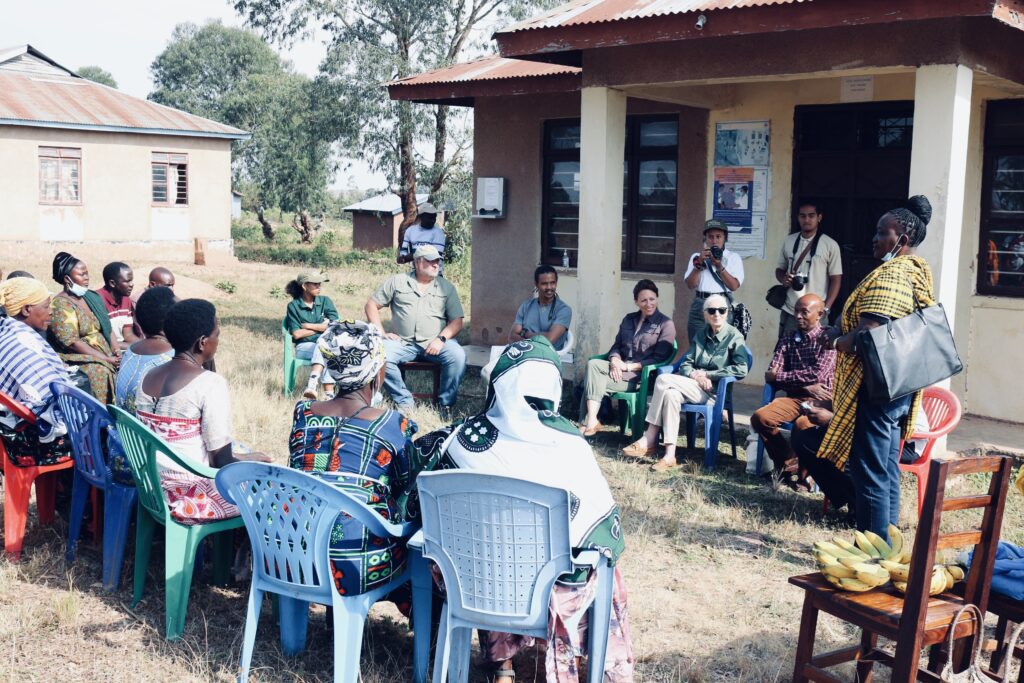There are special places in this world that have changed the course of history. Places that defined an era, a belief, or an understanding; ultimately such places shape the trajectory of our own understanding. Amid the steep mountainsides, within a dense forest in western Tanzania, is such a place: Gombe National Park. It was there that a young, curious observer witnessed behaviors that would challenge the very fundamentals of what defined humans. That observer, Dr. Jane Goodall, would conduct unprecedented and highly influential research ultimately becoming one of the most well-known scientists of our time.
In August 2022, I had the profound honor of visiting this special place—Gombe—and meeting the extraordinary Jane Goodall Institute team in Tanzania. It is this dedicated team that continues Dr. Goodall’s research to this day. As the longest continuously-running wild primate research site in the world, Gombe continues to offer new insights into humans’ closest living relatives—chimpanzees. Gombe serves as an unparalleled repository of longitudinal research encompassing the multitude of intersectional dimensions of the forest ecosystem—or as Dr. Goodall calls it, the “tapestry of life” that exists in the forest and all around us.
In order to visit Gombe National Park, you must take a boat ride in much the same way Dr. Goodall originally did when she started her research. While following the coastline, the JGI’s Tanzanian team pointed out the landscapes and villages where large-scale conservation management has reversed the devastating effects of deforestation surrounding Gombe National Park. It was remarkable to witness first-hand the positive impact decades of community-centered conservation work, following JGI’s “Tacare” (take-care) approach. Tacare made strategic, innovative, and practical use of Geographic Information Systems (GIS) from JGI’s long-term technology partners, empowering local communities to have agency in their land management decisions and their own conservation strategies. The hills that were once barren are now green with trees. The valleys where once mudslides and erosion washed away buildings are now stabilized. And the yields of farmers are increasing. This is a true community-led conservation success story.

Upon reaching the beaches of Gombe I was greeted by the research and monitoring teams with an urgent message, “Gremlin is here!” Gremlin is one of the oldest females currently in Gombe. She is well known to the team and has been observed, along with her offspring, for decades. I hustled to keep pace with the researchers as we went to find Gremlin. As we approached the area where she was last seen at a safe distance and with masks (for health and safety protocols), a hush came over the group. We walked slowly … my eyes wide with anticipation. There she was … sitting in the shade with her two youngest children. Gremlin calmly continued her activities, the young ones playing nearby, until she casually got up and headed into the forest. The team and I followed Gremlin along a path for a while watching her behaviors, chatting about observations, and immersing ourselves in the magic of Gombe. That evening as the sun was setting and as we were departing on the boat from Gombe, it struck me—what a special place Gombe is in our own history as a species. This remarkable place has also become home to JGI’s innovative One Health research, building on decades of insights we are at the forefront of in protecting our closest cousins and human communities from zoonotic spillovers with global applications.

The following day Jane and I had the honor of visiting a variety of communities surrounding Gombe National Park in western Tanzania. These communities are part of a comprehensive, large-scale Tacare effort called the Landscape Conservation in Western Tanzania (LCWT) project funded in partnership between JGI and the US government via USAID. Ingenuity, innovation, and creativity took center stage in each meeting as community members shared stories of environmental improvements, increased crop yields, greater access to financial lending, flourishing small businesses, enhanced availability to health services, and better educational opportunities. As the day drew to a close, Jane and I found ourselves reflecting on the remarkable ripple-effect of positive change these investments have made in individuals’ lives and their communities.
Positivity and optimism filled the atmosphere again a few days later in Zanzibar. It was there that I met members of a thriving Roots & Shoots program working to engage young people throughout Zanzibar in making positive changes in their communities for people, other animals, and the planet. The enthusiasm of these young Roots & Shoots members was infectious and the passion with which they approached their projects was inspiring.
While in Tanzania it struck me, the remarkable insights of Jane in Gombe National Park were just the beginning of a journey to develop a richer understanding of how the natural world and human communities can together thrive within our inter-dependent, global ecosystem. From that special place emanated countless ripple effects of understanding, of creativity, and of positive change. What a privilege and an honor to be a part of JGI’s extraordinary story of improving lives and our planet—all starting in such a special place.




